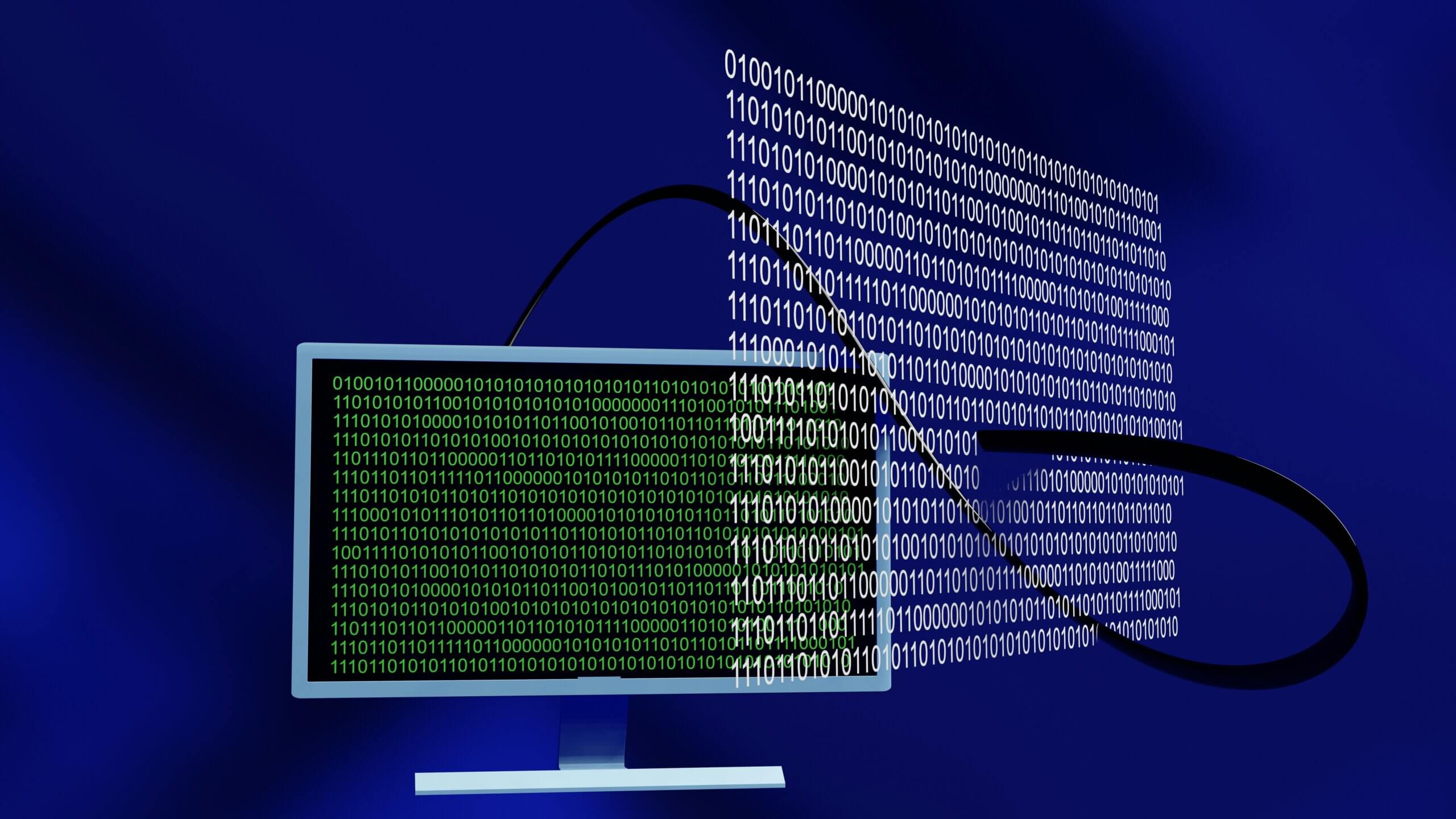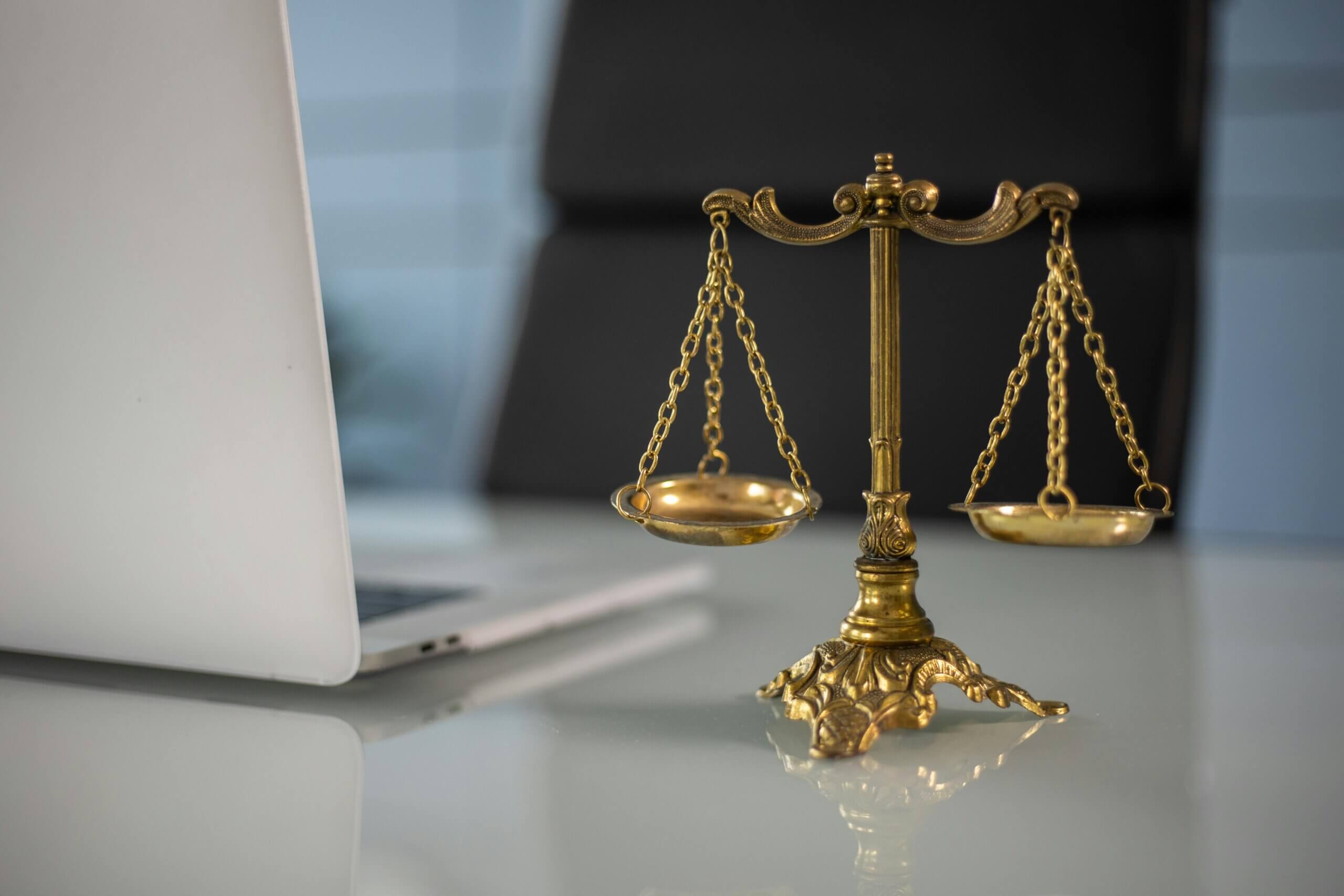If you’re worried about your productivity suffering when working from home, then you’re certainly not alone.
Even though remote and hybrid working has become the norm in the wake of the pandemic, many professionals still feel they are in an adjustment phase that never ends and are unable to make the most of their working day.
The environment we work in, the tools we have access to at work, and various other factors can all have a significant impact on your working capacity and the level of productivity you can realistically achieve.
In this post, we’ll take a closer look at some of the common challenges facing remote workers in one of the most pervasive and essential tools we all use: email.
With a thorough understanding of what’s limiting your productivity and a few good habits to help you enhance it, you’ll soon be able to supercharge your personal output and start smashing your targets from your home office.
The Challenges Of Remote Work
Despite the widespread adoption of remote working, WFH employees still have to overcome many hurdles, especially if they’re a minority of remote professionals in a hybrid workforce.
Here are some common remote working challenges that may be stifling your productivity.
-
Fuzzy barriers between work and home life
It’s easy to become sidetracked when working from home, especially when you’ve gone most of your life with firm distinctions between the office and the home, with one place being for work and one for play.
When you’re working from home, you’re surrounded by a slew of other responsibilities waiting for your attention: the dishes, the laundry, a lawn that’s looking a little wild, and whatever your children or your partner are up to at any given moment. Furthermore, there are no managers or colleagues sharing your space and making sure you’re not spending too much time on Instagram.
Working in the same building where you relax can seriously undermine an all-important mental distinction between work and leisure time, hurting your ability to perform at your best.
It will come as no surprise that people who are happier tend to be more productive. In fact, one 2019 study by the University of Oxford found that “workers are 13% more productive when happy”, despite not working more hours than their burnt-out or discontented colleagues.
Loneliness can be a real motivation-killer, and it’s an especially big problem among young professionals who have moved to a new city to further their careers, where forging new social connections can be challenging at the best of times.
It’s easy to take lunch hours, chats in the hall, and small talk on either side of meetings for granted when you come from an office environment. For newly remote workers, missing these rituals can be a serious drain on their mood and, in turn, their productivity.
Whether they work from home or in an office, knowledge workers tend to have a much more sedentary lifestyle compared to their blue-collar colleagues.
However, when you’re working from home, it can be easy to let these inactive behaviors seep into your day-to-day lifestyle and sap an otherwise healthy degree of motivation and self-discipline.
Going back to our previous point, it’s long been known that people who exercise regularly have better emotional wellbeing and lower rates of mental health issues, which in turn has a big impact on a person’s capacity for focussed, efficient performance at work. A commute with a lot of walking and routine trips to meeting rooms, the office kitchen, and the corner store can all go amiss when you move from an office position to a home working routine.
With the fridge and TV nearby and a lack of structured lunch breaks and opportunities for socialization, it can be, unfortunately, easy to default to a “couch potato” mode of living. Once these behaviors become habits, they can be very hard to break out of.
-
It’s hard to feel like a team player
For many people, a large part of their motivation at work is drawn from the feeling of being part of a team and combining their skills with fellow colleagues to work towards a common goal.
Remote workers can’t participate in the natural rhythm of the office, missing out on coffee breaks, team lunches, brainstorming, and small talk. In this relatively isolated experience, it’s easy to feel like you’re missing out on something or that you’re always the last one to know.
When you’re cut off from that team-player mentality, getting back into a good working rhythm can be a real challenge.
4 Habits To Improve Productivity For Email Workers
Every day we spend at work, we’re bombarded with more emails than any human being could ever read, including information on ongoing projects, company-wide announcements, expressions of gratitude, and CCs that aren’t all that relevant to your role.
Here, we’ll go over 4 of our favorite email productivity habits to help you regain control of your inbox and increase your productivity.
1. Develop a system for organizing your inbox
If your email is always a mess, you’re probably squandering time. Develop a system for organization and stick to it. One good habit to adopt is running each new email through a personalized sorting system using Microsoft’s “4 Ds of email management”.
This means that for each message you receive, you should determine whether to:
1. Delete it.
2. Do it (e.g., reply immediately or file for reference).
3. Delegate it (forward).
4. Defer it for a second review using categories, flags, and labels.
When you’re filtering every new email through this system, you’ll soon develop good habits for categorizing your communications, prioritizing them, and addressing them in a more efficient manner.
Another simple yet effective tactic for making your email more efficient is to create a file folder for each business or individual that you’re in regular contact with. That way, when a new message comes in, you can quickly and easily file it away for future reference. This method can help keep your inbox from becoming overwhelmed and ensure that you always have quick access to the information you need.
Modern email clients offer a wide range of tools and features that can be used to organize your incoming messages, drafts, related threads, and more. Actively working to learn and embrace these extras can be a lifesaver when it comes to working with email.
2. Audit your third-party email tools
There are a lot of different tools on the market intended to help people who regularly work with email. Some are better than others, and some have specialized applications that will make them ideal for some situations but a hindrance in others.
Perfecting an email tech stack that’s well-aligned with your personal needs is a long and complex process, but the payoff in terms of remote-working efficiency can be huge. This upgraded efficiency can also go a long way towards curbing the burnout that comes with a poorly managed remote working environment.
Culling poor-quality email tools and finding better alternatives has to start with the person who’s using them, so try setting some time aside to take stock of the email tools at your disposal and ensure that they’re working for you.
In terms of finding new tools to boost your efficiency, there’s never been a better time to build an email stack that works for you rather than against you.
If you work in a client-facing capacity and you regularly have to schedule meetings, then software suites like SavyCal will allow you to integrate several calendars into an email for a more personalized experience.
If you’re a sales professional, then prospecting platforms like Outbase offer features that will allow you to “micro-target campaigns and messaging” for better returns from each segment.
There’s a world of possibilities for you to break away from the one-size-fits-all approach that many companies have to email tools. Do your research, outline the benefits to your management, and you’ll soon find a personal tech stack that fits like a glove.
3. Redirect emails
Even with a well-established strategy for managing one’s inbox, dealing with a large number of messages might be overwhelming. One of the best ways to minimize a cluttered inbox is to separate the topics people usually need to reach you about into different communication channels best suited to discussing different things.
Suggesting that your coworkers use alternative means of contact, such as calls or Slack messages, will help you compartmentalize your conversations and keep the details of all that back-and-forth nicely organized.
Try creating an email signature that lists various topics that people tend to reach out to you for, with a preferred contact method for each one. If you work in a B2B marketing setting for example, you might want to restrict new client onboarding to email, content amends to instant messaging, and anything else to phone calls.
Include your phone number and/or instant messaging handle in your email profile so that coworkers may get in touch with you quickly and avoid clogging your inbox with messages that don’t warrant a whole email.
4. Compile personal FAQs
Businesses maintain FAQ questions to help their audience find the answers they’re looking for without going through the more drawn-out process of back-and-forth support tickets as the details are ironed out. If emails are taking up too much of your time, then you can take the same approach.
Creating a shareable document that addresses frequently asked questions related to your position is another great method to cut down on the number of emails you have to address, especially if your work is seen as slightly arcane by the majority of your colleagues.
By encouraging contacts to consult a frequently asked questions (FAQ) document stored on a shared drive, instead of asking you every little question directly, you’ll soon free up a lot of time that would otherwise be spent sorting through and replying to emails and start enjoying a much more productive working day.
Conclusion
Working with email can feel overwhelming at times, but most workers can increase their productivity by integrating some good habits into their usual workday. By checking email less, batching similar tasks together, and leveraging the right tools, most white-collar professionals can enjoy a less cluttered schedule and the ability to achieve more in less time.
We hope that this guide has helped you reassess your relationship with email and start to formulate better habits that work for you.





